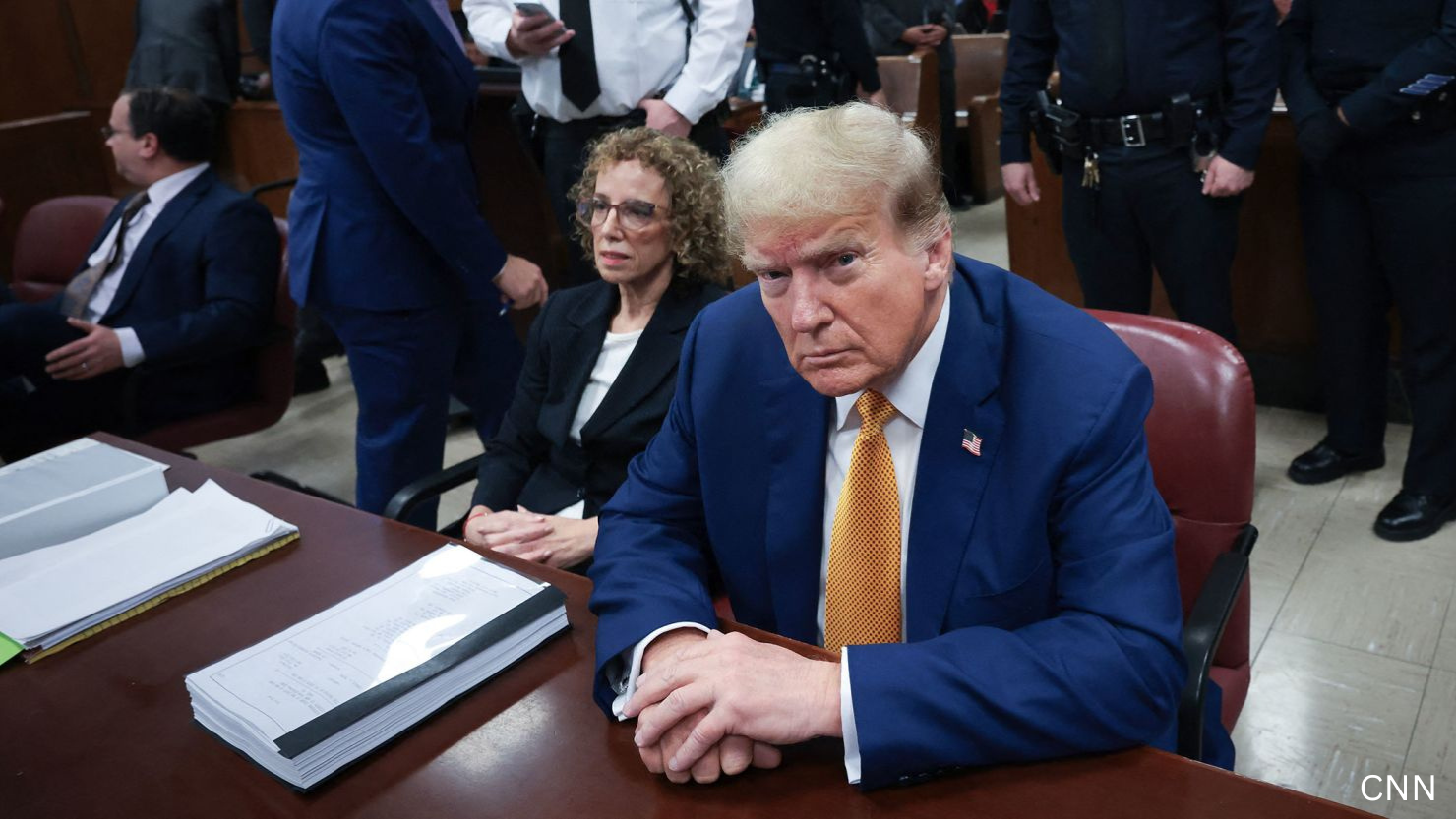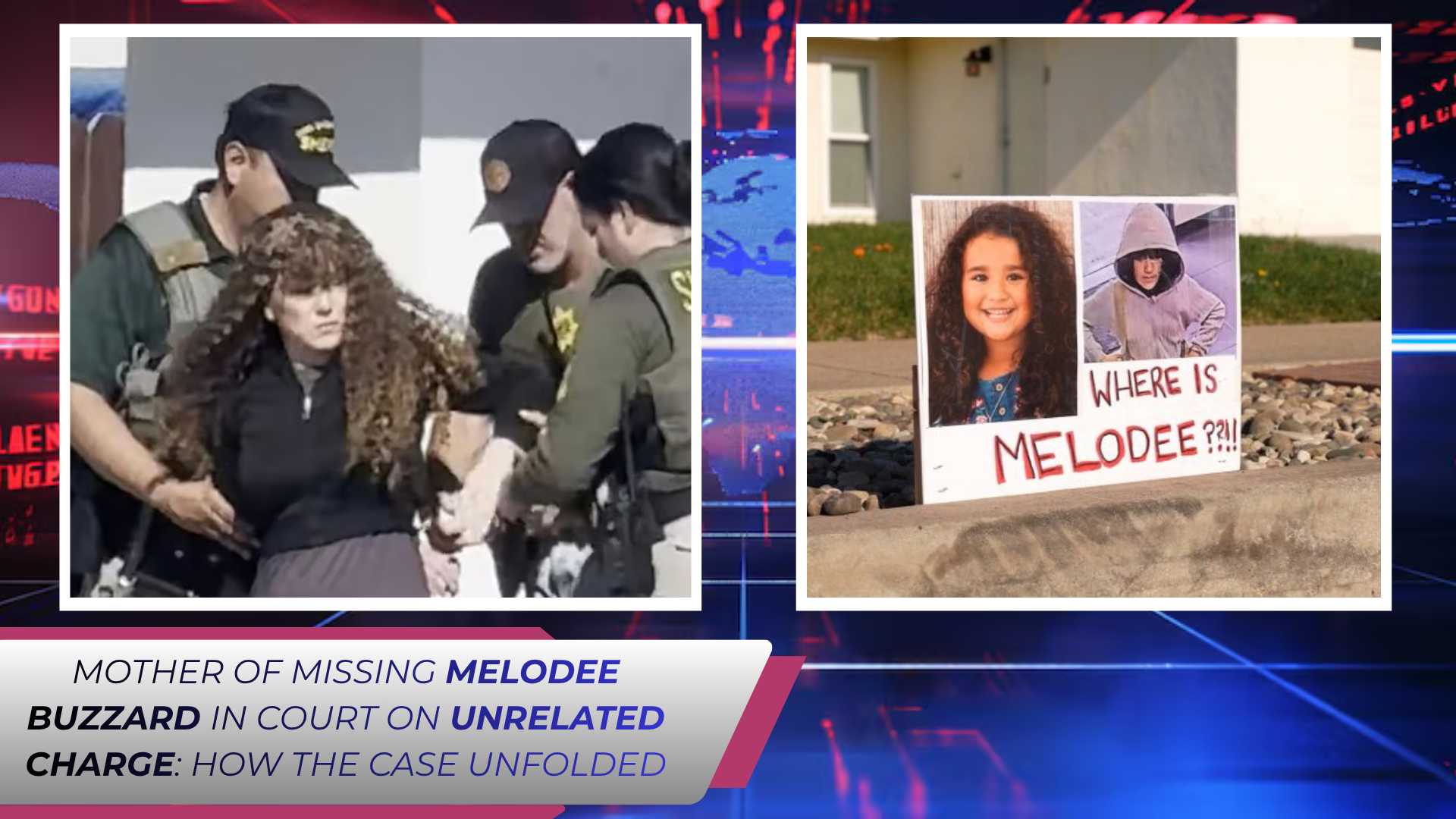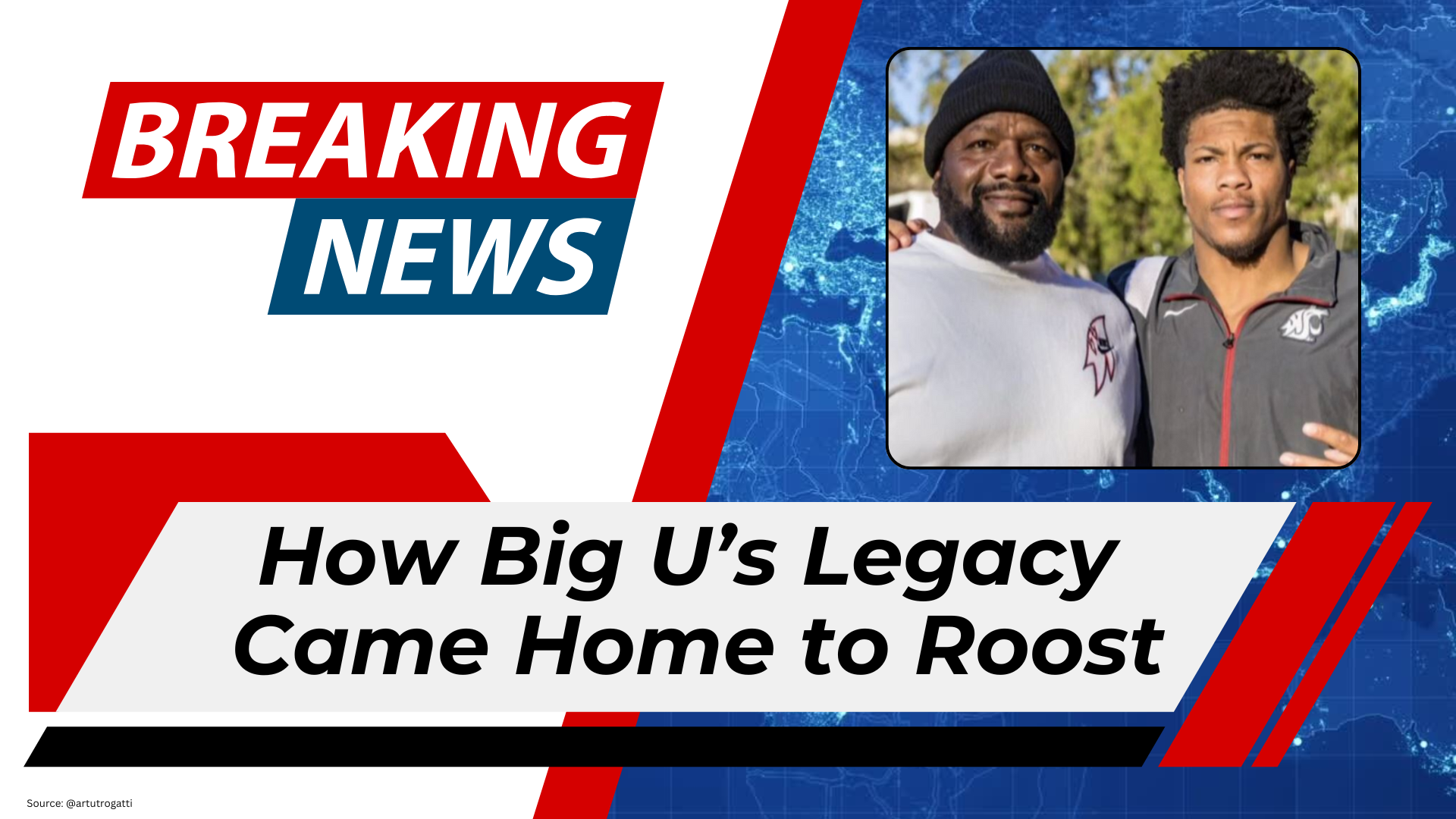The Trump administration’s handling of violent crime in American cities became a focal point of national debate during his presidency. A congressional hearing was convened to examine how the federal government addressed urban crime, what measures were taken to assist local law enforcement, and whether the strategies were effective or overly politicized.
At the heart of this discussion was the tension between federal authority and state or local control. The administration’s emphasis on “law and order” was seen by supporters as a necessary intervention to combat surging violence, while critics argued it was heavy-handed and often motivated by political optics rather than long-term solutions.
The Context of Rising Crime
In the late 2010s and into 2020, many major cities in the United States reported an increase in violent crime, particularly homicides and gun-related offenses. The surge was partly attributed to economic instability, the opioid crisis, and broader social unrest. Against this backdrop, the Trump administration declared crime in urban centers a matter of national concern, framing it as a security issue that required federal attention.
This framing was not new. Historically, presidents have highlighted crime as a national priority, but Trump’s rhetoric was especially sharp. He frequently portrayed cities such as Chicago, Portland, and New York as examples of what he called “failed leadership” at the local level, emphasizing the need for direct federal involvement.
Operation Legend and Federal Response
One of the signature initiatives launched under the Trump administration was Operation Legend, a federal law enforcement surge designed to support local police in combating violent crime. The program began in Kansas City, Missouri, after the tragic shooting of four-year-old LeGend Taliferro, for whom the operation was named.
Through Operation Legend, federal officers from agencies such as the FBI, ATF, DEA, and U.S. Marshals were deployed to cities facing spikes in violence. The Justice Department reported thousands of arrests and the recovery of large quantities of firearms as part of this effort.
During the hearing, administration officials defended the program, stating that the federal government was filling resource gaps that local departments could not manage alone. They argued that the results proved the strategy’s effectiveness in bringing down violent crime rates.
Criticism and Concerns
Opponents of the administration’s approach expressed concern that deploying federal officers to cities blurred the line between local and national jurisdictions. Critics argued that these measures undermined community trust, escalated tensions, and were sometimes used to suppress protests rather than target criminal activity.
Lawmakers from both sides of the aisle pressed witnesses on whether the administration’s policies were genuinely aimed at reducing crime or whether they were politically driven. Some pointed to Trump’s frequent public criticisms of “Democrat-run cities” as evidence that the crime narrative was being used as a campaign tool.
Civil rights organizations also voiced alarm at what they described as an overreach of federal power. They warned that aggressive tactics could inflame communities already experiencing strained relationships with law enforcement.
The Debate on Policing and Reform
The hearing also became an opportunity to discuss broader issues of policing and criminal justice reform. Many Democrats pushed for investment in social services, education, and economic opportunities as long-term solutions to crime, arguing that policing alone would not solve systemic problems.
Republican lawmakers, on the other hand, largely supported the administration’s hardline stance. They argued that immediate action was necessary to protect communities, particularly those most affected by violence. For them, the presence of federal officers was not an intrusion but an essential reinforcement for local police struggling to keep up with crime waves.
This ideological divide reflected the broader national conversation on crime and justice—whether the solution lies in stronger enforcement or in addressing root causes.
Public Perception and Political Impact
Public reaction to the administration’s crime policies was deeply divided. Supporters applauded Trump for taking a tough stance and holding cities accountable for what they viewed as lax enforcement. For many, the sight of federal officers arresting suspects symbolized decisive leadership.
On the other side, critics accused the administration of exploiting tragedy and unrest for political gain. They contended that the federal response often targeted cities led by political opponents, reinforcing perceptions of partisanship rather than impartial governance.
The hearing highlighted how crime, traditionally a bipartisan concern, had become another battleground in America’s polarized political landscape.
Lessons and Legacy
By the conclusion of the hearing, it was clear that the Trump administration’s response to crime in cities would remain a controversial legacy. While federal involvement through initiatives like Operation Legend demonstrated the capacity of government resources to impact crime rates, the debate over the limits of such power remained unresolved.
The discussion also underscored a broader point: urban crime is not merely a law enforcement issue but a reflection of deeper economic and social challenges. Balancing federal assistance with respect for local control continues to be a delicate issue for policymakers.
Brief Summary:
The hearing on the Trump administration’s response to crime in cities revealed sharp divides over federal authority, law enforcement tactics, and the balance between short-term enforcement and long-term reform.





.jpg)


